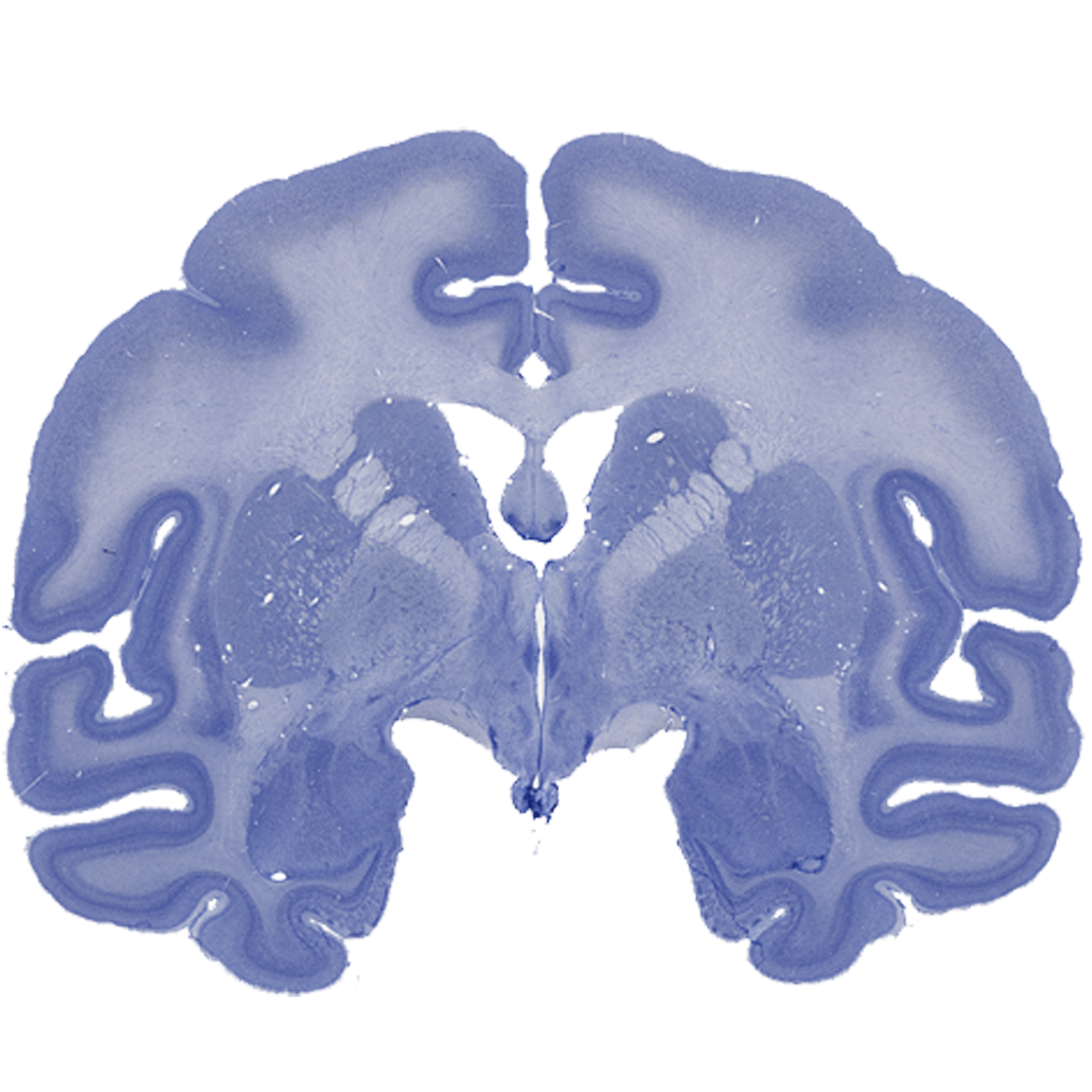Our Research
The Bliss-Moreau Lab’s primary research goal is to understand the biological and evolutionary mechanisms that generate individual variation in affect and emotion across the lifespan - what we call womb-to-tomb affective science.
Our work adopts a “Psychological Constructivist” view that theorizes that discrete emotions like happiness, sadness, anger, and fear, emerge from fundamental psychological and biological ingredients, many of which are present in non-human animals. We study the emergence of these ingredients across ontogeny (developmental time) and phylogeny (evolutionary time), with a focus on affect an ongoing neurophysiological state that is characterized by some degree of valence and arousal. Our research program investigates the ingredients of emotion in multiple species (e.g., nonhuman primates, marine animals, ungulates, humans) from their birth into adulthood using methods ranging from neuroscience, psychology, systems science, and behavioral biology ranging from neuroanatomical studies to experience sampling.
Our work is translational because we study animals and humans together to understand how human emotion works, with an eye on understanding human emotion-related disorder and disease. Our work is comparative because we study emotion-related processes in a variety of animals in order to understand how emotion has evolved.






